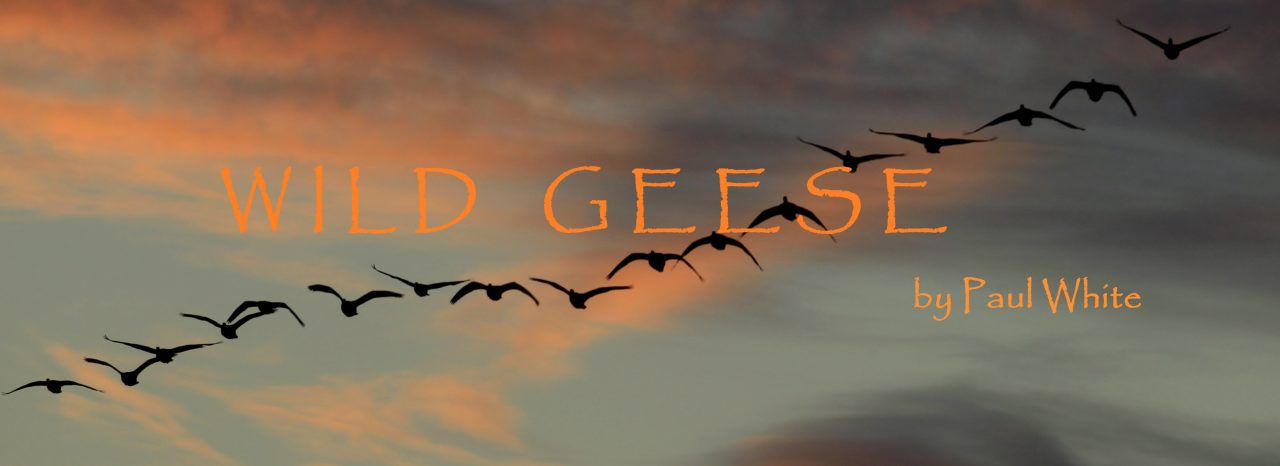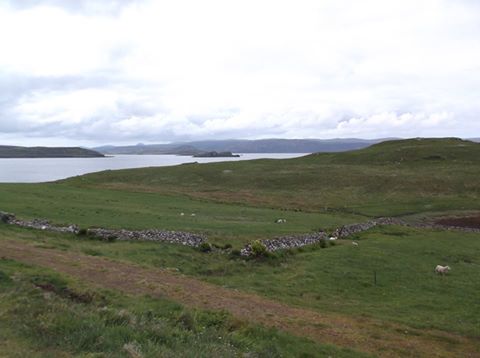
I have recently returned home from a trip to Scotland, during which I visited the Isle of Skye.
It is somewhere my wife wanted to visit for some time and it took very little persuasion to have me tag along.
Like many of our travels, we had only an outline plan, nothing was cast in stone.
This trip simply meant pointing the car in a North-West-ish direction and driving. Stopping where and when our little hearts desired, or when something caught our eye; which is often, hence our journeys are never fast ones.
Our visit to the Isle of Skye was part of a larger, longer trip which I shall write about in greater detail in the future. It will most likely be in several instalments because there is much I need to tell you.
But for now, I must let you into a little secret. A little secret which should not really be a secret, because it is something you can share in and enjoy.
But first…
Where would any story about Scotland be without a little myth and legend?
In the Norse sagas Skye is called Skíð and Skaldic in the Nordic poem Heimskringla (c. 1230):
“In Lewis Isle with fearful blaze
The house-destroying fire plays;
To hills and rocks the people fly,
Fearing all shelter but the sky.
In Uist the king deep crimson made
The lightning of his glancing blade;
The peasant lost his land and life
Who dared to bide the Norseman’s strife?
The hunger battle-birds were filled
In Skye with blood of foemen killed,
And wolves on Tyree’s lonely shore
Dyed red their hairy jaws in gore.
The men of Mull were tired of flight;
The Scottish foemen would not fight,
And many an island-girl’s wail
Was heard as through the isles we strife sail.”
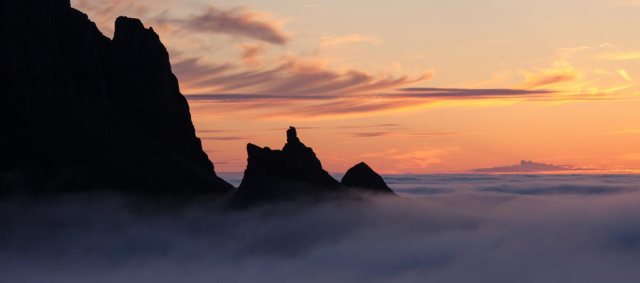
The island was also referred to by the Norse as Skuy (Misty Isle), Skýey or Skuyö (Isle of Cloud). Eilean a’ Cheò, which means island of the mist, is a poetic Gaelic name for the island.
To be truthful it is a fitting name. The mists, either mountain fogs or rolling sea mists can appear at any time, anywhere on the Island, as can the rains. In fact, you can experience all the seasons in one day, even during a single morning on this amazing island.
Skye is an Island full of history, not all of it pleasant. The Clans, MacLeod, Mackinnons, MacInnes, MacNeacail and MacDonalds all fought bloody battles on or over the island, such as the infamous Battle of ‘The Spoiling Dyke’ fought in 1578.
After the failure of the Jacobite rebellion of 1745, Flora MacDonald became famous for rescuing Prince Charles Edward Stuart from the Hanoverian troops. Although she was born on South Uist her story is strongly associated with their escape via Skye. She is buried at Kilmuir in Trotternish.
The words, “A name that will be mentioned in history, and if courage and fidelity be virtues, mentioned with honour” are written on her gravestone.

But that is enough of that, let’s get back to the present and that little secret…
A short drive from Portree town centre there is the Old Manse and besides the main house, a small, unimposing stone outbuilding. It is within this building which lays ‘The Isle of Skye Sea Salt company’, a very long name for a rather small, artisan business.
You see, The Isle Skye Sea Salt company is Chris Watts and Nanette Muir’s island cottage business. They take the clear waters of Loch Snizort and let the sun and wind naturally evaporate the sea water, leaving behind pure sea salt crystals which are high in essential minerals.
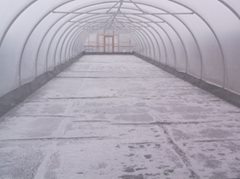
Chris and Nanette are the first people to produce salt on the Isle of Skye since the early 1700s and what a wonderful product they have.
The salt tastes like no other, it has an initial sweetness, followed by a deep, flavoursome and intense saltiness, (thankfully!).
Do not simply take my word for the quality the salt, it has an Excellence Award from Scotland Food & Drink, and a Great Taste award. Both accolades from internationally respected, industry-leading organisations.
Whether you are a professional chef, restaurateur, or a proud home cook, you really do need at least one tub of the Isle of Skye Salt in your larder. It lends a special, je ne sais quoi when incorporated into creative dishes.
You can also use it simply; I love it sprinkled on tomatoes, or over a fillet of fish, even on home-fried chips with a little-pickled onion vinegar…(but that one might just be me!)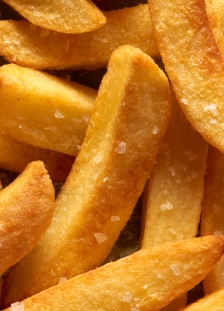
By the way, neither Chris nor Nanette know I am writing about them, this is not a sponsored post or paid-for-advertising. I am writing this because I think the Isle of Skye Salt is the finest, most natural and pure salt in the world and it would be wrong of me not to share this little secret with you.(Not really a secret anymore, though.)
So, until next time, eat, drink, be merry and sprinkle some of this wonderful Isle of Skye Sea Salt on your food.
You know you are worth it.
The Isle of Skye Sea Salt company: http://www.isleofskyeseasalt.co.uk
Or as they say on the Island…
Salann na Mara
Se salann càileachd a th’air a dheànadh san Eilean Sgitheanach a th’ann an Salann na Mara (Salt of the Sea) agus tha e a’ cuir gu mòr ri blas bìdhe.
Tha Companaidh Shalann an Eilein Sgitheanaich air a’ chiad luchd-deànaidh shalann san Eilein ann an 300 bliadhna. Tha sinn ag gabhail sàil Loch Shnìosoirt, soilleir mar an criostal agus a tha beairteach ann am mèinnearaichean, agus lè a bhi a’ cleachdadh, anns nan taighean-salann speisealta againn fhèin, proces giollachd a tha sònraichte a-thaobh na h-àrainneachd, nach eil a’ cosg ach glè bheag neart agus nach eil caithteach, tha sinn ga thionndadh gu salann mara a tha fìor-ghlan agus nàdarra
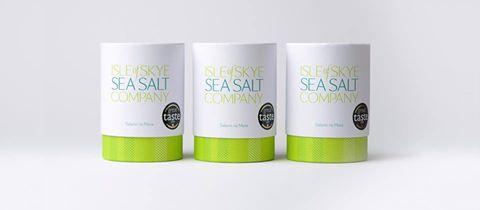
Happy travels, Paul.
